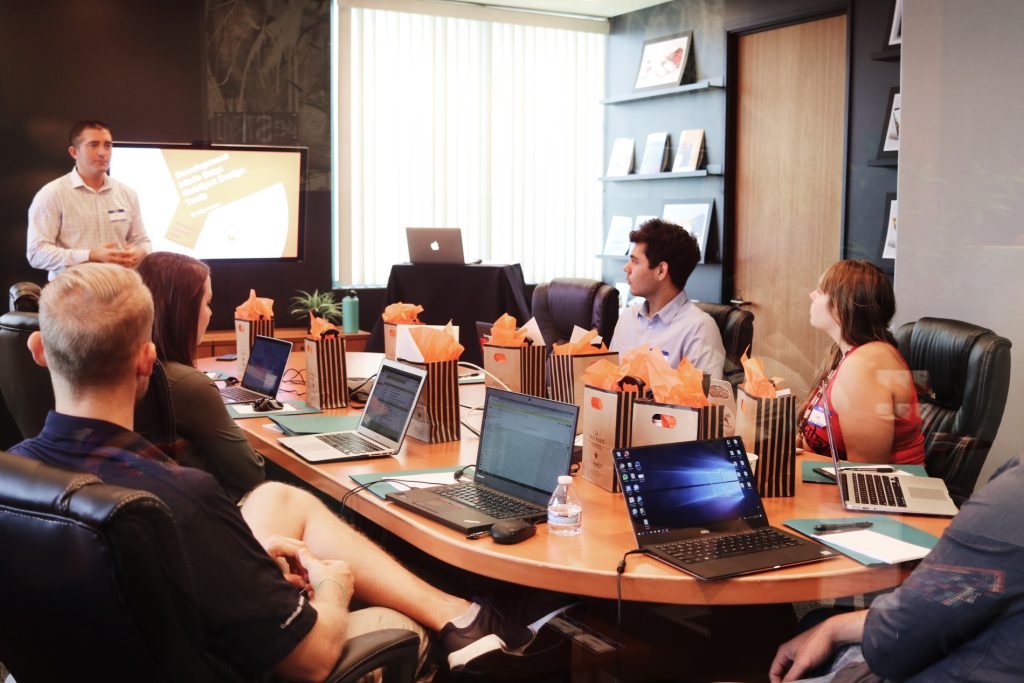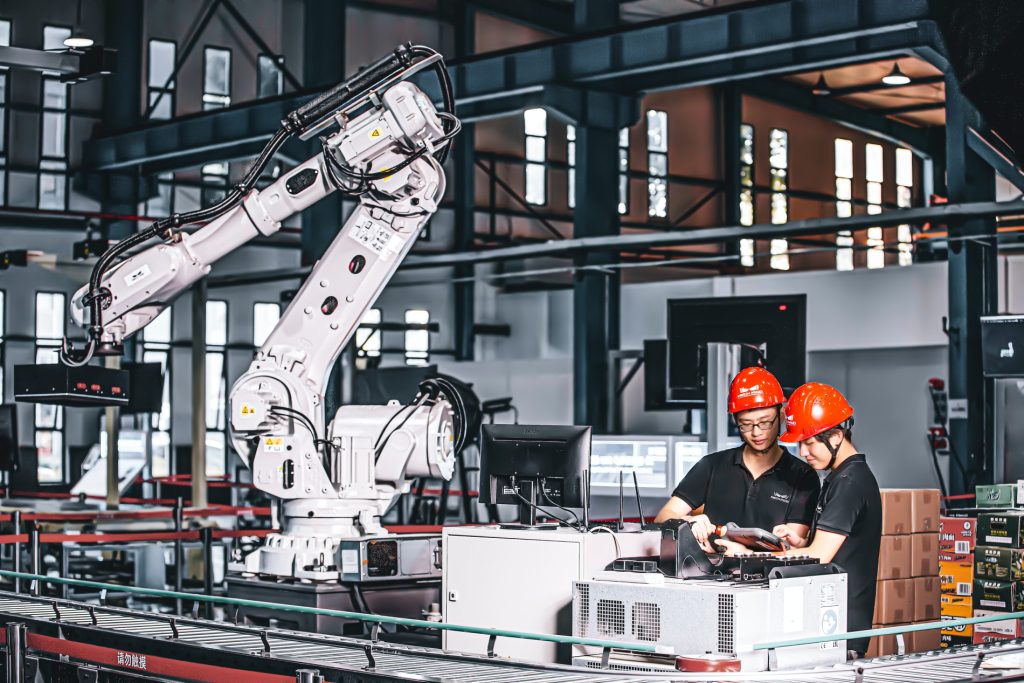Green Hydrogen: Tackling Renewable Energy’s Variability Challenge
As the world shifts towards renewable energy, addressing the inherent volatility of these resources becomes paramount. Solar radiation and wind speeds, the primary sources of renewable energy, are naturally intermittent, leading to fluctuations in power generation. Effective management of these variations is crucial for the expansion of renewable energy and for maintaining the stability and reliability of power distribution systems.
The Challenge of Variability in Renewable Energy
Renewable energy sources, while clean and sustainable, pose significant challenges due to their variability. Solar power is dependent on sunlight, which varies with weather conditions and time of day. Similarly, wind power is influenced by wind speeds, which can change rapidly. This inconsistency can lead to periods of surplus energy when conditions are ideal and shortages when they are not.
To ensure the safety and efficiency of power operations, it is essential to have systems in place that can respond flexibly to these fluctuations. The ability to store surplus energy and compensate for shortages is critical in creating a stable and reliable renewable energy grid.
Power-to-Gas: A Promising Solution
One promising solution to this challenge is Power-to-Gas (P2G) technology. P2G involves using surplus renewable energy to produce green hydrogen, a carbon-free fuel. This green hydrogen can then be stored and used to generate electricity when renewable energy production is low, effectively balancing the supply and demand.
Engineering Career Australia quoted a recent breakthrough by a Korean research team highlights the potential of green hydrogen in renewable energy systems. The team developed a model to determine the optimal scale and verify the effectiveness of integrating green hydrogen into a renewable energy grid. Their simulation results provide valuable insights into how green hydrogen can be utilised to manage variability.
Simulation Insights: Solar vs. Wind vs. Combined Power
The simulations conducted by the Korean research team revealed several key findings:
Solar Power Alone: Batteries emerged as the most effective solution for managing the variability of solar power. They can quickly store and release energy, making them ideal for the rapid changes in solar radiation.
Wind Power Alone: Green hydrogen proved to be the most effective solution for wind power variability. The ability to store large amounts of energy in the form of hydrogen and convert it back to electricity when needed makes green hydrogen particularly suitable for wind energy.
Combined Solar and Wind Power: When solar and wind power are combined equally, green hydrogen demonstrated the highest economic efficiency and the lowest power supply losses. This combination leverages the strengths of both energy sources and maximizes the benefits of green hydrogen storage.
Implications for the Future
These findings underscore the potential of green hydrogen as a key technology for overcoming the variability of renewable energy. By incorporating green hydrogen into renewable energy systems, we can create more stable and reliable power grids. This not only ensures a consistent energy supply but also enhances the economic viability of renewable energy projects.
For engineers and professionals in the renewable energy sector, these developments highlight the importance of innovating and integrating new technologies like green hydrogen. As we move towards a more sustainable future, the ability to effectively manage and store renewable energy will be crucial.
Green hydrogen offers a promising solution to the challenge of renewable energy variability. By harnessing the power of this innovative technology, we can overcome the volatility of renewable energy sources and pave the way for a cleaner, more reliable energy future.
From our blog
Read our articles below to see our latest insights.









